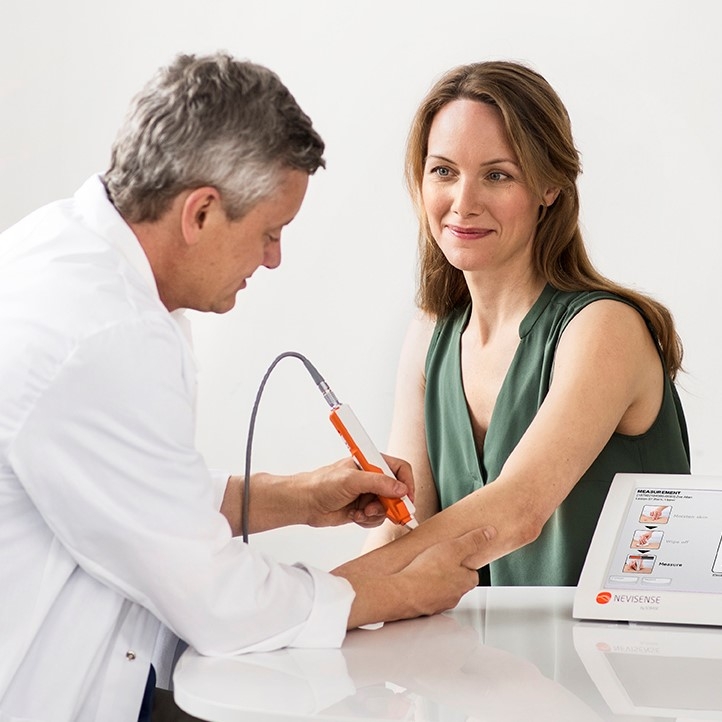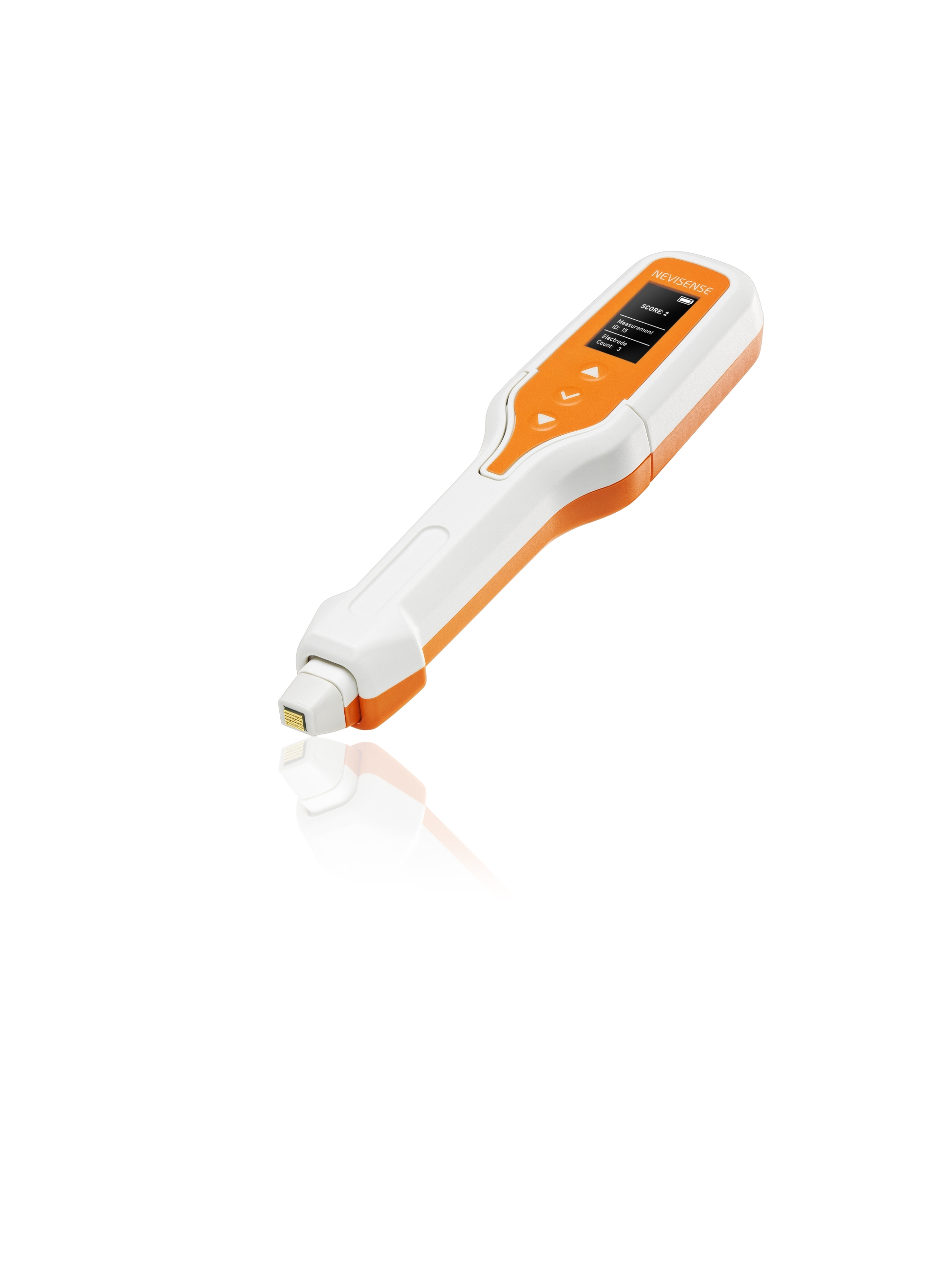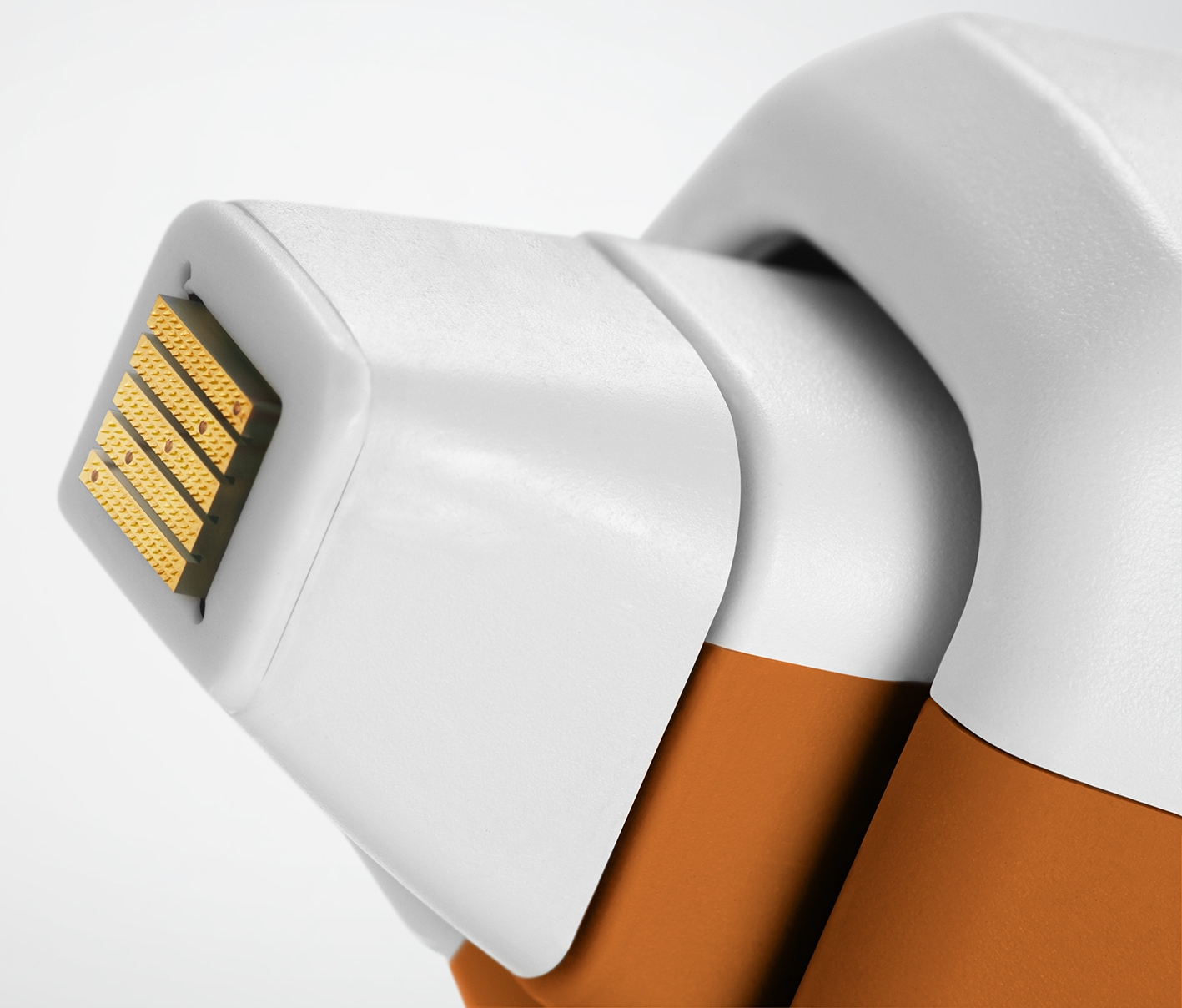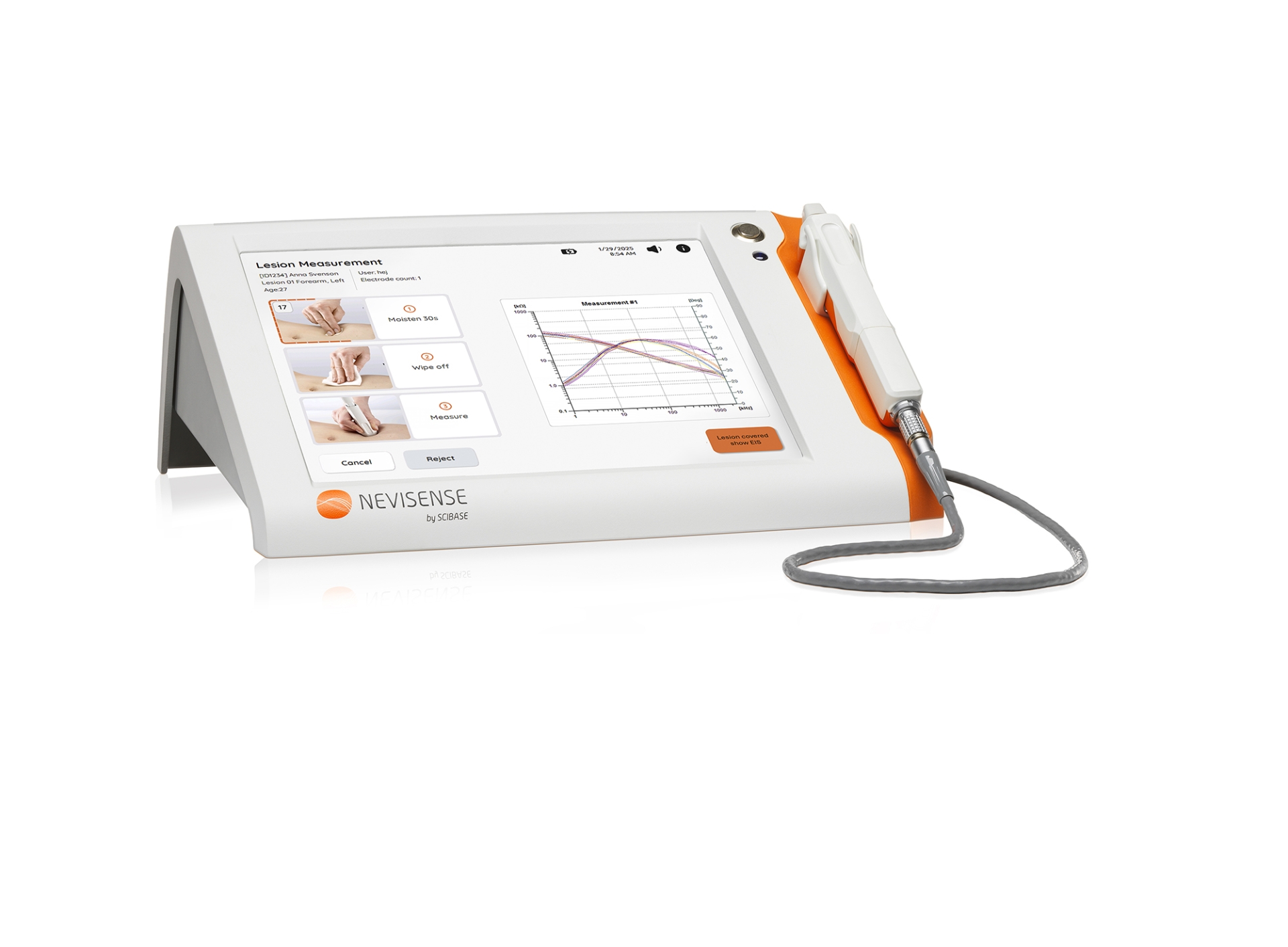Pioneering prediction and prevention in dermatology
Mission
To ensure proactive skin health management and early detection of skin cancer and skin disorders by developing unique, point-of-care platforms that combine artificial intelligence with our advanced EIS technology.
To empower healthcare professionals to improve diagnostic accuracy, enable disease monitoring, and facilitate early intervention of skin cancer and skin disorders.
Our commitment is to reduce healthcare costs and minimize patient suffering, allowing clinicians to improve and save lives through timely detection and intervention at the first signs of skin diseases.
Vision
We are pioneering prediction and prevention in dermatology. Our technology is scientifically backed by over 88 peer-reviewed publications and more than 290,000 tests have been conducted globally. Our continued expansion and validation in the US market is unlocking even greater potential. Our strategic partnerships, including one with Kenvue (formerly Johnson & Johnson Consumer Health), position us at the forefront of skin barrier research, addressing significant unmet needs in conditions such as atopic dermatitis (eczema).
With strong long-term ownership and an experienced management team, we're committed to driving innovation in skin diagnostics and improving patient outcomes worldwide.
Product portfolio
Nevisense is a non-invasivemedical device designed to assist healthcare professionals in the early detection and assessment of skin conditions, with a primary focus on melanoma, a potentially life-threatening form of skin cancer.
The Nevisense device utilizes a technology called electrical impedance spectroscopy to examine and analyze the electrical properties of skin lesions. By assessing these properties, Nevisense provides real-time data that can aid healthcare professionals in distinguishing between benign and potentially malignant skin lesions.
This technology enables healthcare providers to make more informed decisions regarding the need for further evaluation, biopsies, or treatments.

A five-year co-development project with the Royal Institute of Technology in Stockholm resulted in a single chip, an application-specific integrated circuit (ASIC) able to perform EIS measurements similar to Nevisense. Using the ASIC as a base, the Company developed Nevisense Go, a handheld version of Nevisense. Nevisense Go is a technological first – based on SciBase’s ASIC for EIS measurement and an embedded AI algorithm that performs analyses at the point-of-care. It promises to be a powerful platform for diagnostic barrier-related testing and potentially for other applications. Nevisense Go is initially sold for research purposes to both researchers and major pharmaceutical companies to assess the skin’s barrier function and is used or planned to be used in over 20 clinical studies.

The Company’s business model is built around a disposable electrode. Electrodes are sold on an on-going basis and each electrode can be used on one patient but can test up to 20 lesions or skin areas. Electrodes sales stands for the vast majority of sales and it is expected that electrodes sales will drive growth and by improving electrode margins, profitability.


The dashboard is a web-based visualization and analysis tool. Measurements can be exported from Nevisense or Nevisense Go and imported into the Dashboard.
Precision and Accuracy
Skin tissue has electrical properties that are affected by certain medical conditions. To measure the skins electrical impedance makes it possible to detect changes in the skin that can indicate certain diseases, such as melanoma. SciBase Nevisense system utilizes a technology called Electrical Impedance Spectroscopy (EIS) to analyze the electrical properties of the skin. This technology involves the application of a small electrical current to the skin's surface through the proprietary Nevisense electrodes. The changes in these currents as they pass through the tissue are analysed immediately after the measurement by AI-based classification algorithms to evaluate the skin or classify the risk level of the lesion. Through this the Nevisense system can detect subtle changes or abnormalities that may not be visible to the naked eye.

